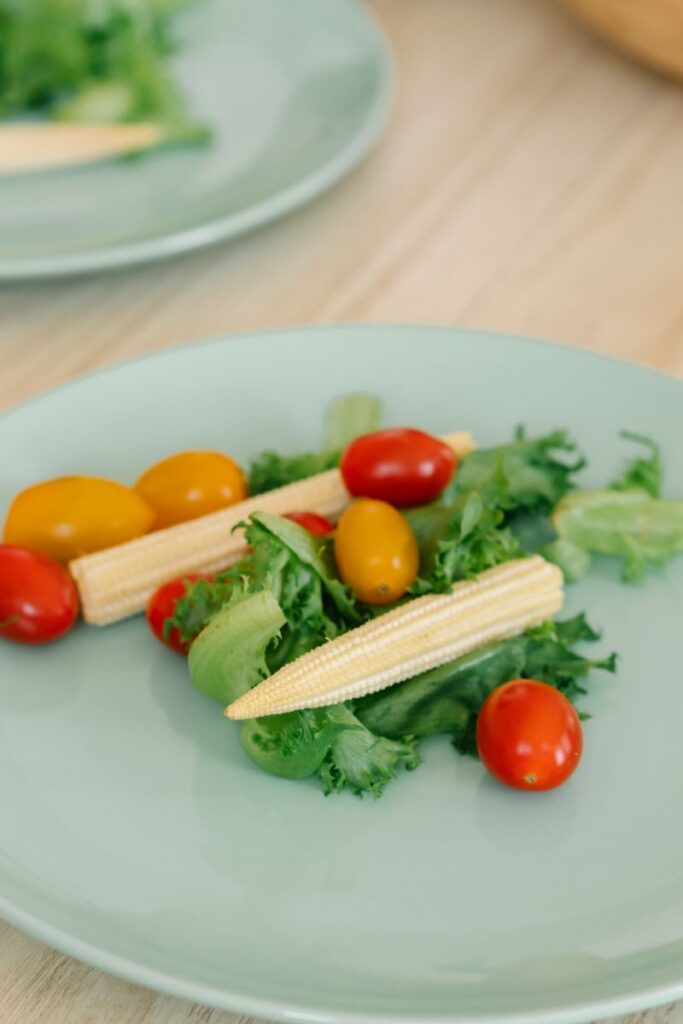
Any time you change the way you eat, the topic of how much it costs is bound to come up. When you are accustomed to your current food budget and what you can afford on a weekly basis, it can be a little bit of a shock when you realize other food might end up costing more. But consider this – if you are replacing all the packaged, frozen, and processed foods in your diet right now, there is more than enough to make the switch to a plant-based diet. You might even end up spending less!
Here are some different ways you can cut costs when you switch to a plant-based diet.
Shop at Farmer’s Markets and CSAs
While you can still shop at your favorite grocery store, some foods, particularly produce, is a lot more affordable at farmer’s markets and with CSAs. First of all, with a CSA, you will get local produce in a box on a weekly or bi-weekly basis, which can help you add more produce, save money, and get ideas for what to cook based on what they give you.
At the farmer’s market, you are helping your local farming community, while also getting mostly organic produce that is often much more affordable than what you would pay at the grocery store. This is a wonderful tradition to start with your kids and introduce them to the importance of getting produce locally.
Shop in Season Produce
Remember when choosing produce like fruits and vegetables, to stick to what is currently in season. For example, if you make fruit smoothies every morning, try to choose fruit currently in season. This might be more pineapple and strawberry in the summer months, but a switch to oranges and cranberries in the winter.
There is an added benefit of trying new things and switching them up, helping to prevent boredom with your new plant-based diet. You might also want to shop around, as some stores end up having certain types of produce that are less expensive than others.
Know Your Dirty Dozen
It is great to shop organic produce while on a plant-based diet, but not all fruits and veggies need to be organic. You really should only buy produce in the dirty dozen organic, and the rest is not mandatory. The typical dirty dozen of produce that tends to be more contaminated includes:
- Spinach
- Strawberries
- Apples
- Pears
- Grapes
- Cherries
- Nectarines
- Peaches
- Celery
- Tomatoes
- Sweet bell peppers
- Potatoes
Not only do they need to be cleaned more thoroughly, but it is also a good idea to buy them organic. Another good rule of thumb is to buy produce where you eat the skin as organic but produce like bananas or avocados, there really isn’t much of a need since you aren’t eating the skin.
Reduce Your Meat, Poultry, and Fish Consumption
On a plant-based diet, you might still have the occasional animal products, but these are going to increase your costs. Start reducing them now to cut your costs even more. Meat like steak, ground beef, pork, fish, chicken, and bacon all tend to be considerably more expensive than if you bought plant-based alternatives. The more you reduce them from your diet, the more money you will end up saving.
Get Your Beans and Rice in Bulk
It is time to shop in bulk! Yes, it requires a little more prep time to rinse your rice and soak your beans, but you save a lot of money going this route. Plus, it helps a lot when it comes to meal planning since they will last much longer in your pantry and you aren’t having to buy cans of beans or packages of rice every single week when you go to the grocery store.